When it comes to visiting Jujuy, think altitude rather than attitude. The provinces of Salta and Jujuy are usually lumped together to form northwest Argentina, but the two are as similar as chalk and cheese. While Salta is rich in colonial architecture and wine terroir, the common denominator between the two is stunning landscapes – Jujuy’s colourful, cardon cactus-lined canyon, the Quebrada de Humahuaca, is on the UNESCO world heritage list. Jujuy has the added bonus of a strong indigenous culture dotted with pagan rituals and is a world, if not a galaxy, away from Buenos Aires. In this travel guide, The Real Argentina visits Purmamarca, Tilcara and Humahuaca, three unmissable towns rich in nature and culture in Jujuy.
Purmamarca
Take a day and a night to explore provincial capital San Salvador de Jujuy and landmarks such as the archeology museum – it holds a fascinating skeleton of a shaman who was buried with his ‘medical’ kit – and Government House, home to Argentina’s original flag as delivered by General Belgrano to Jujuy town hall back in 1812 after his triumph in the Battle of Salta.
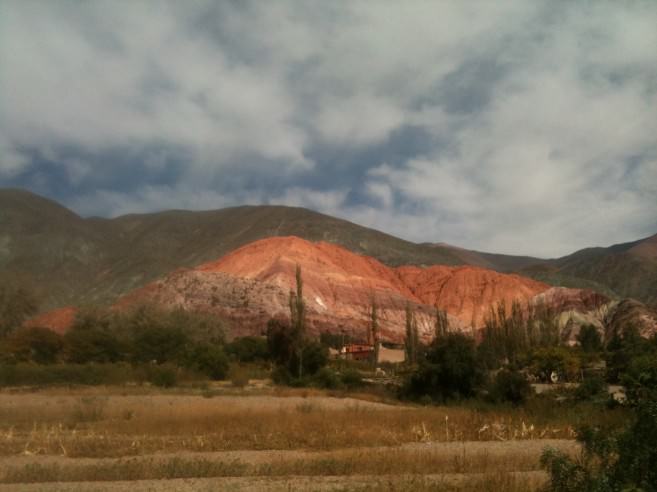
Siete Colores Purmamarca; photo by Sorrel Moseley-Williams.
Then head north to Purmamarca (2,192 metres above sea level) to start getting to grips with the Quebrada de Humahuaca, the spectacular 155-km long UNESCO-recognised mountainous valley that follows the Río Grande and the Inca Trail trade route. A small village inhabited by around 2,000 residents and whose focal point is the central square flanked by artisans selling ceramics and colourful textiles (tip, don’t buy here – wait until Humahuaca for lower prices), Purmamarca is seated at the base of Cerro de Siete Colores, an impressive and photogenic seven-coloured hill whose hues denote various mineral deposits dating back 400 million years. Also stop by the village graveyard before walking around the base of the hill; it sounds spooky but pagan afterlife is bright and florid in the northwest, with wooden cross headstones and stone mounds lovingly dressed in garlands.
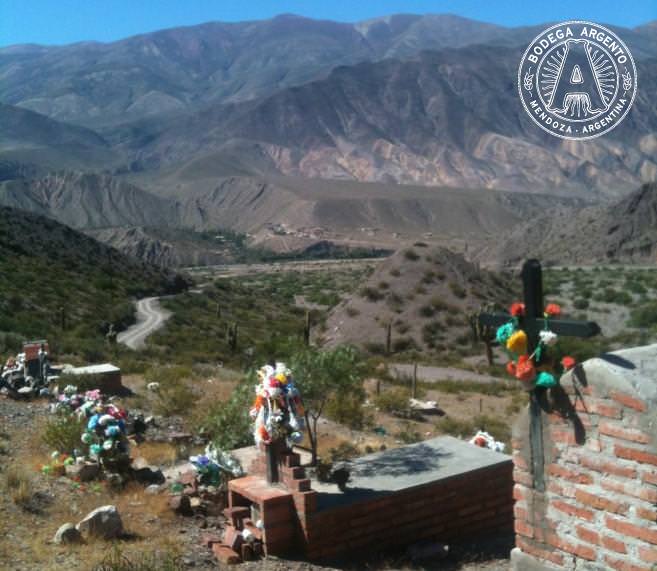
Cemetery near Museo en Cerros; photo by Sorrel Moseley-Williams.
This quiet settlement is also a great base from which to visit Salinas Grandes, the picture-postcard salt flats in the Puna (high altitude desert), which are the world’s third-largest. Technically outside of Jujuy, it’s a half-day trip from Purmamarca and an unmissable excursion. Suck on some coca leaves to deal with the altitude that takes you up to 4,170 metres – everyone’s doing it.
Also of note in nearby Maimará is Bodega Fernando Dupont, making wine at extreme altitude. Call ahead to sample some wares – in summer, the river floods and it’s impossible to reach the winery.
Eat: El Churqui de Altura
Stay: Los Colorados
Tilcara
Continue north to Tilcara (2,461 metres above sea level), a larger town in the Quebrada with more cultural offerings than Purmamarca, so stay for a few days. One notable landmark on the southern outskirts is Pucará de Tilcara, a pre-Inca settlement inhabited by the Omaguaca tribe, and one of the most well-preserved archeological sites in the region. Hold on to your entrance ticket because it gets you into the Museo Arqueológico located on Tilcara’s Plaza Prado, home to mummies and Inca artifacts, for free.
Keen hikers should make a beeline to the Garganta del Diablo, a stunning waterfall-lined gorge four miles outside of town; why not spice up the trip with some new woolly friends? Caravana de Llamas offers half-day (or longer) treks with a team of (mostly) charming camelids who do all the hard work by carrying a folding table, chairs and provisions for the much-needed stop-off with a unique panorama of the canyon.
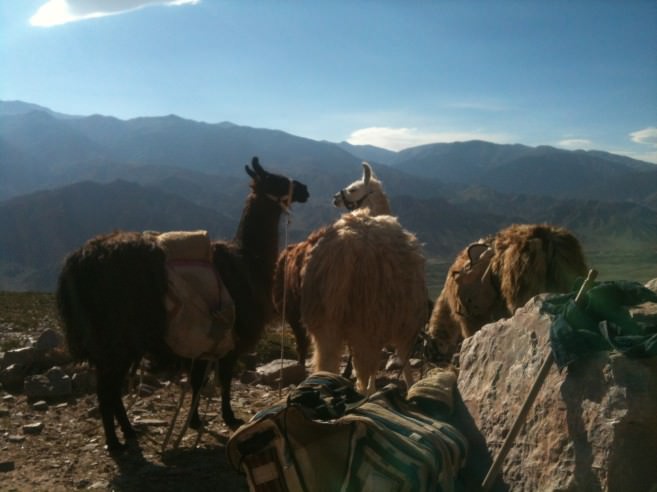
Caravana de Llamas; photo by Sorrel Moseley-Williams.
One new addition to enrich Tilcara’s cultural scene in a contemporary way is Museo en los Cerros. Located a 20-minute drive away in Huichairea up a stony road alongside the river of the same name, this photography gallery founded by Lucio Boschi features portraits by Marcos López, Marcos Zimmerman and Boschi himself. After browsing the three exhibition rooms, recline to the library for some solace and art books with a mountainous view, which could have been daubed by a painter’s palette, for company.
Eat: Q’omer RestoBar
Stay: Refugio del Pintor
Humahuaca
The carnival capital of northwestern Argentina, it’s a party day and night come Lent in Humahuaca (2,936 metres above sea level). Masked devils jostle for dancing space with other revellers, and the dusty streets come alive with music, all fuelled by chicha. The rest of the year, however, Humahuaca – the largest town in the Quebrada which nestles north of the Tropic of Capricorn – is a number-one stop-off for travellers, who use it as a base to access the Puna or Bolivia.
Cabildo on the main square causes a flurry of excitement when its clock tower springs to life at midday, and a statue of San Francisco Solano makes a brief appearance. Putting in more lengthy appearances are vendors flogging trinkets, blankets and textiles often made in Bolivia but at the best prices in the region. And if your lungs can take the pace, climb the steps to Independence Monument, a series of bronze statues cast by Ernesto Soto Avendaño. Also stop by the colonial white-washed cathedral that has quite an array of Cusco (religious) artwork.
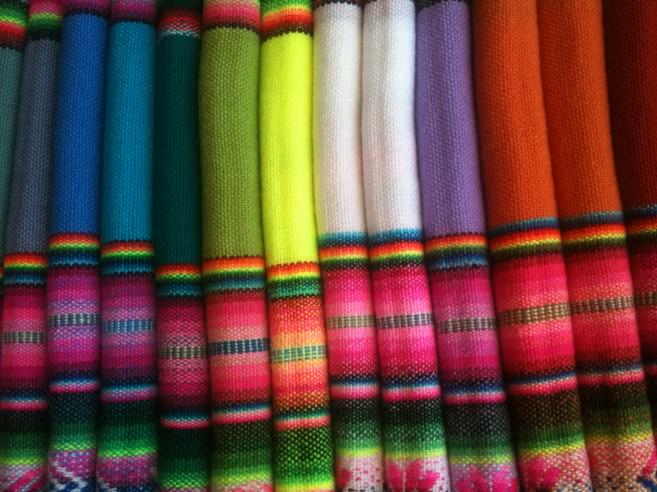
Textiles in Humahuaca; photo by Sorrel Moseley-Williams.
The adobe buildings, whether they are homes, shops or hostels, and cobbled streets are characteristic of the town but don’t be fooled by their simplicity: Humahuaca was very much at the heart of the Inca Empire and many residents speak Quechua.
Besides its mixed Inca and colonial history, Humahuaca is ideal to get closer to nature. Take some slow-paced walks around the hills for views of the Río Grande, coca leaves at hand, of course.
Eat: El Refugio
Stay: Hostal El Coquena


Latest posts by Sorrel Moseley-Williams (see all)
- AND THE BEST SOMMELIER IN ARGENTINA IS… - December 12, 2017
- CUATRO ESQUINAS: FOUR CLASSIC CORNER RESTAURANTS IN BUENOS AIRES - March 28, 2017
- Romance in Argentina: Dating Tips and Advice - February 10, 2017

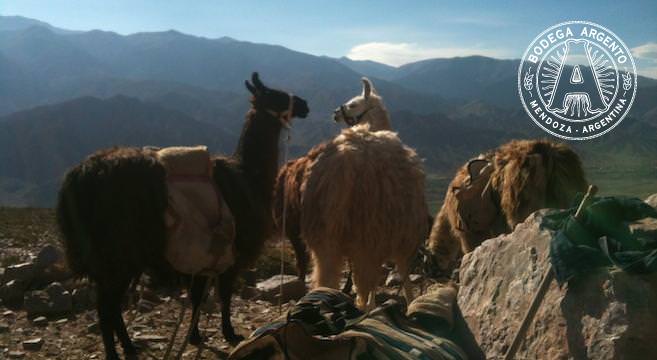
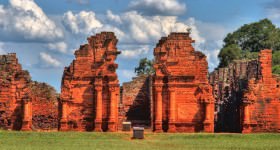 Argentina Travel Guide to Misiones Province
Argentina Travel Guide to Misiones Province 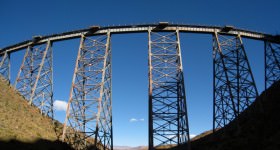 A Guide to Travelling in Northwest Argentina: What to See and Do
A Guide to Travelling in Northwest Argentina: What to See and Do 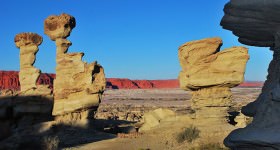 Travel Guide to San Juan, Argentina
Travel Guide to San Juan, Argentina 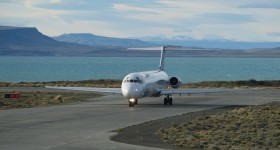 Air Travel in Argentina – A Beginner’s Guide
Air Travel in Argentina – A Beginner’s Guide 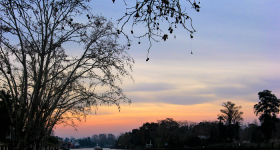 ARGENTINE SEASONS: GUIDE TO YEAR-ROUND TRAVEL IN ARGENTINA
ARGENTINE SEASONS: GUIDE TO YEAR-ROUND TRAVEL IN ARGENTINA 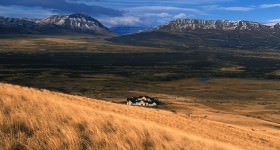 An Insider’s Travel Guide to Argentina
An Insider’s Travel Guide to Argentina 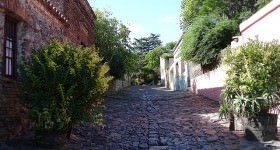 The Real Argentina Travel Guide to Colonia del Sacramento
The Real Argentina Travel Guide to Colonia del Sacramento 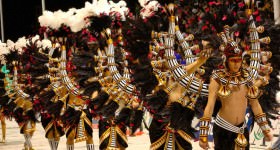 Experience Carnaval 2013 in Argentina
Experience Carnaval 2013 in Argentina 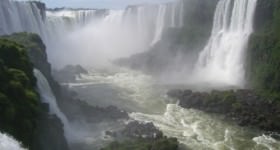 A Travel Guide to Iguazu Falls
A Travel Guide to Iguazu Falls 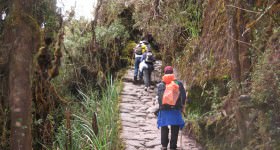 Gap Year Travel in Argentina and Beyond
Gap Year Travel in Argentina and Beyond 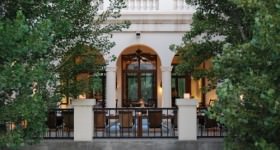 Mendoza Travel Guide: Tips on Planning a Trip
Mendoza Travel Guide: Tips on Planning a Trip 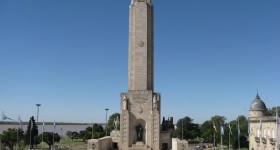 Inside Argentina: A Guide to Discover Rosario
Inside Argentina: A Guide to Discover Rosario
[…] the rest of this, please visit The Real Argentina. Tagged as: Guide to […]
A wonderful place. I was visiting it 1972.
http://rentner-billigerdereiseb.blogspot.de/2010/08/argentinien-land-meiner-traume.html
Beutiful and colourful province at the border of Argentina with desert areas, salt mines and subtropical jungle. Nice blog!
http://www.quality4-u.com/argentina-travel-guide-ebook.html
[…] Food Sizes [Food Beast] A Private Tour Of A New Brooklyn Cafe’s Colombian Coffee Farms [NYT] Argentina Travel Guide To Jujuy Province [The Real Argentina] Hay Producto Argentino: Masticar Market [Pick Up The Fork] Chile Descubre Su […]